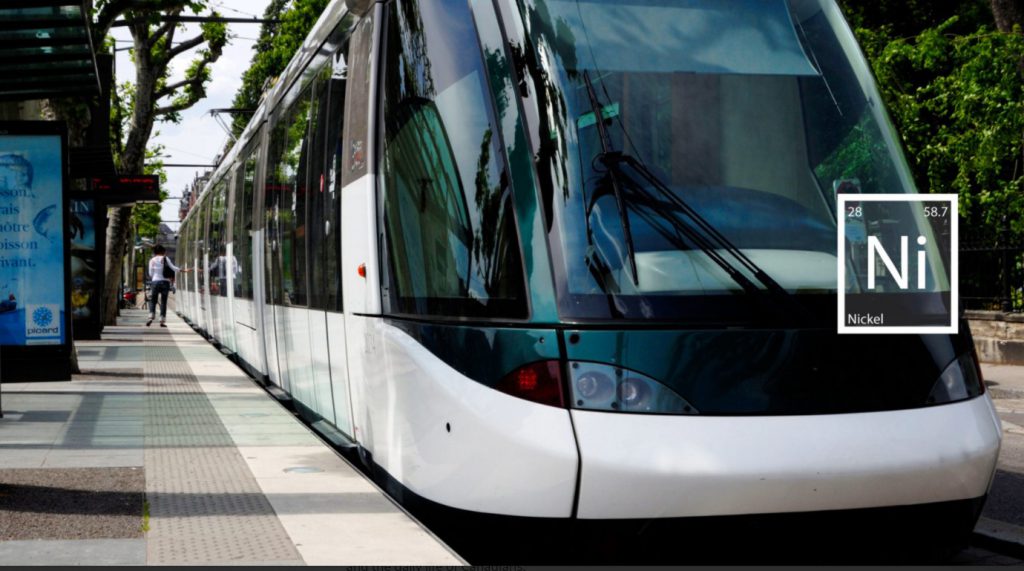2021 Budget Doubles Down on Battery Electric Vehicle Supply Chain

The Mining Association of Canada (MAC) welcomes several expanded and refined measures proposed in Budget 2021 to help position Canada for success on the “Mines to Mobility” pathway.
Designed to support the establishment and growth of a domestic battery electric vehicle (BEV) supply chain, Budget 2021’s proposed expansion of the Strategic Innovation Fund – Net Zero Accelerator to $8 billion, and the introduction of tax incentives and project scaling supports are important tools for success.
“To establish an end-to-end BEV supply chain in Canada, we need to expand the production and manufacturing of critical minerals in Canada,” said Pierre Gratton, President and CEO of MAC. “We need battery grade nickel, cobalt, lithium and graphite and we are pleased to see programs and tax measures that we believe can support filling or expanding domestic production of these materials.”
Specific supports targeting Rare Earth Elements (REEs), including the establishment of a Critical Minerals Centre of Excellence that will focus on coordinating federal policy and programs on critical minerals and $36.8 million over three years for federal research and development to advance critical battery mineral processing and refining expertise, are positive but modest. REEs, a subset of critical minerals, are used in a wide range of essential technologies including in healthcare, defence, clean energy and telecommunications. To date, China has coerced the market for these key materials, developing monopoly-like control over their production and distribution, thus rendering the rest of the world reliant on China for procurement. To help address this vulnerability, Canada and the United States signed a Joint Action Plan to partner in creating greater North American resilience and independence in the extraction, processing and manufacturing of REEs and magnets.
“Critical minerals are essential to the items we use every day and increasing geopolitical uncertainty has focused attention on the precariousness of existing supply sources, classified by Canada’s allies as the primary materials on which their economies and national security depend,” said Gratton. “Canada has the potential to be a global leader in this space, achieve critical mineral self-sufficiency and meet our allies’ growing demand for critical minerals all while doing so in an environmentally responsible way. While the supports included in Budget 2021 signal strong support for establishing a battery supply chain, including the minerals and metals that support battery manufacturing, more must be done to specifically advance REE development in Canada if we are to be an equal and credible partner with the United States in shoring up a domestic North American supply chain for these materials.”
Last year, MAC released the results of a national poll which highlighted public enthusiasm for Canada to grow market share as a preferred global supplier of critical minerals, based on abundance and leading environmental standards. Almost 90% of those surveyed by Abacus Data liked the idea of Canada being a preferred source for critical minerals and would like to see government take a number of steps to support this approach.
Other aspects of the Budget that will have a positive impact on Canada’s mining sector include $319 million over seven years, starting in 2021-22, with $1.5 million in remaining amortization, to Natural Resources Canada to support research, development, and demonstrations that would improve the commercial viability of carbon capture, utilization, and storage technologies, and a commitment to consult on establishing a tax credit to support uptake.
A total of $40.4 million is allocated over three years, starting in 2021-22, to support feasibility and planning of hydroelectricity and grid interconnection projects in the North. This funding could advance projects, such as the Atlin Hydro Expansion Project in Yukon and the Kivalliq Hydro-Fibre Link Project in Nunavut. Projects will provide clean power to northern communities and help reduce emissions from mining projects.
Also, there are several measures to accelerate the Canadian Hydrogen Strategy.
